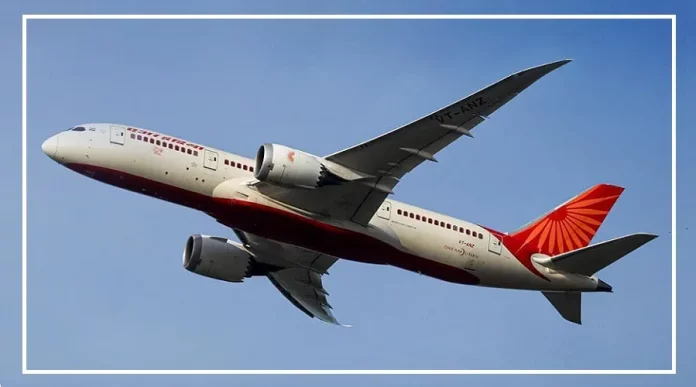The cost of flying from Delhi to Mumbai has gone up almost five times. Previously, the journey cost around Rs 5,000, but now it has surged to about Rs 27,000.
This rise in airfare isn’t limited to just the Delhi to Mumbai route; it’s happening for other destinations from Delhi too.
We need to understand why this increase is happening. Are these reasons valid, or is there some strategy by the airlines to raise prices?
Let’s first see what the Aviation Ministry has to say about the airlines increasing fares.
Minister of State for Civil Aviation, Dr. VK Singh, mentioned in a recent statement in the Rajya Sabha that the government stopped interfering in fare determination after the implementation of the Air Corporation Act in March 1994.
According to the Aircraft Rules 1937, airlines have the right to set their fares based on operating costs and special services.
General VK Singh explains that airfares are determined by factors like demand and supply, seat availability, fuel prices, aircraft operation capacity, competition among airlines, and other factors like weather, holidays, and festivals.
Passengers can get lower prices through early booking, but as the travel date gets closer, the airfare increases based on seat availability.
The price of an air ticket from Delhi to Mumbai, which used to be Rs 5,000, has now risen to Rs 27,000.
The Tariff Monitoring Unit (TMU) was established to monitor airfares. Before starting operations, airlines provide information about their minimum and maximum fares to the Directorate General of Civil Aviation (DGCA).
The DGCA has a Tariff Monitoring Unit (TMU) that watches the fares on airlines’ websites, ensuring they don’t exceed the declared limits.
Lack of competition and increasing prices of Aviation Turbine Fuel (ATF) are significant reasons for the soaring fares.
Harsh Vardhan, Chairman of Star Air Consultancy and former CEO of Vayudoot Airlines, explains that several airlines leaving the market reduced competition, leading to fewer available seats and a surge in demand, causing a sharp rise in airfares.
In September 2023, the price of jet fuel increased by 14 percent, reaching around Rs 1.12 lakh per kg litre in Delhi.
This increase raised the operational costs for airlines, prompting them to raise fares across all sectors.
The period between Diwali and New Year sees the highest air traffic. Sonia Dutt, Managing Director of Air Transport and Tourism Advisors India Private Limited, notes that after Diwali, there’s a traditional increase in traffic from the United States, Canada, Britain, Australia, and the Middle East, mainly from NRIs.
This high demand during festivals and holidays causes an imbalance between demand and supply, resulting in increased fares.
Additionally, government LTC travel increases rapidly in December, contributing to the fare surge. To get lower airfares during these peak months, planning in advance is crucial.
